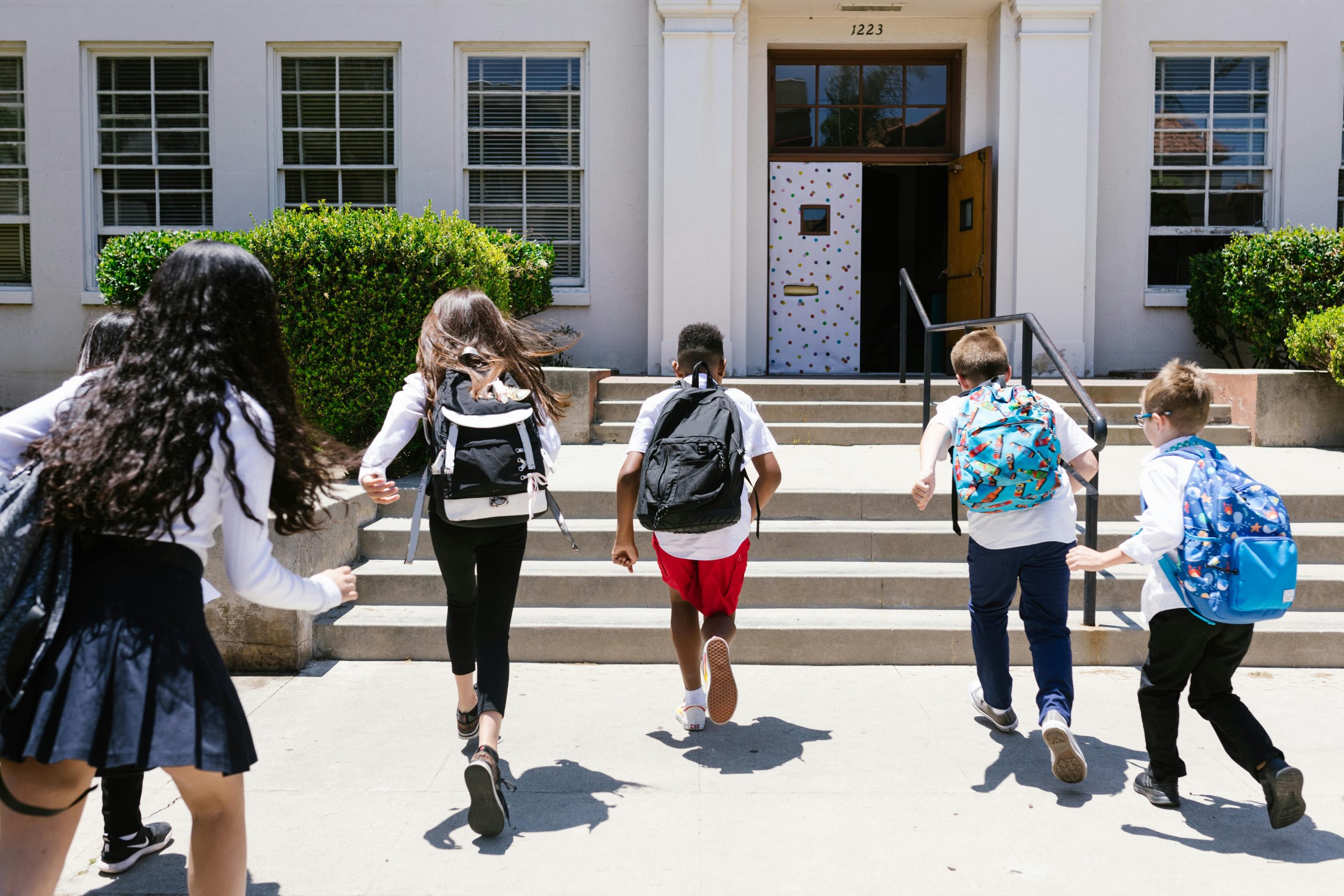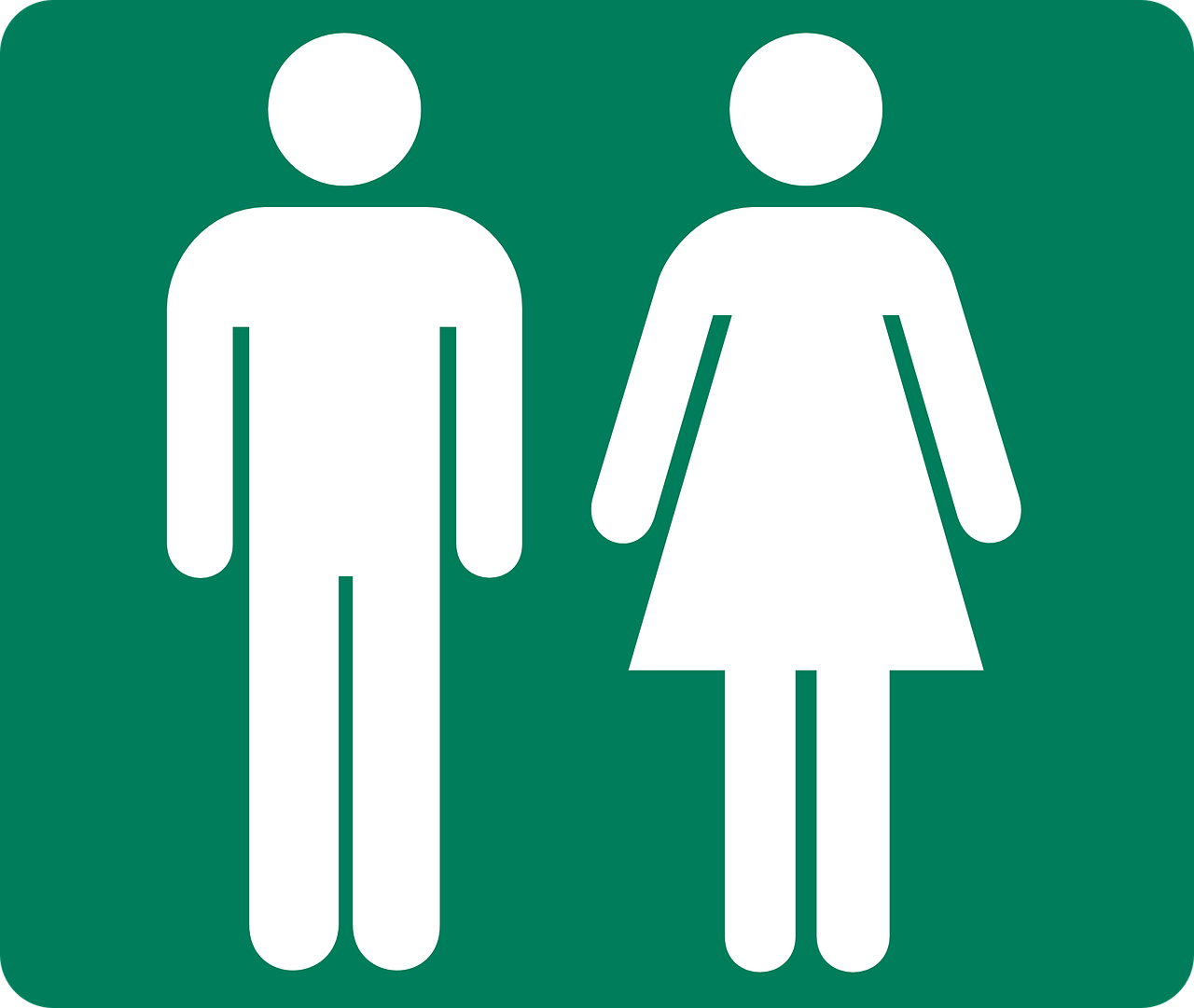First Circuit Clarifies Scope of Students’ Free Speech Rights at Public Universities
 Where is the line between free speech and sexual harassment? Students at public schools have both the right to free speech and expression, and the right to educational environments free of discrimination and harassment. At times, these rights can seem to run headlong into each other. When one student says something derogatory or offensive to another student, whose rights prevail?
Where is the line between free speech and sexual harassment? Students at public schools have both the right to free speech and expression, and the right to educational environments free of discrimination and harassment. At times, these rights can seem to run headlong into each other. When one student says something derogatory or offensive to another student, whose rights prevail?
Recently the First Circuit has been developing its jurisprudence in this thorny area. Last summer the Court held that a middle school could restrict a student’s expressive activity that demeaned and offended other students—in that case, wearing a shirt that said “There are Only Two Genders.” Then last month in Doe v. University of Massachusetts et al., the Court held that a college student who made a few comments that touch on sexual topics directed at different students, coupled with some non-sexual physical acts, was engaged in constitutionally-protected expression. These two cases have started to illustrate where the boundaries of protected student speech lie.
 Boston Lawyer Blog
Boston Lawyer Blog















